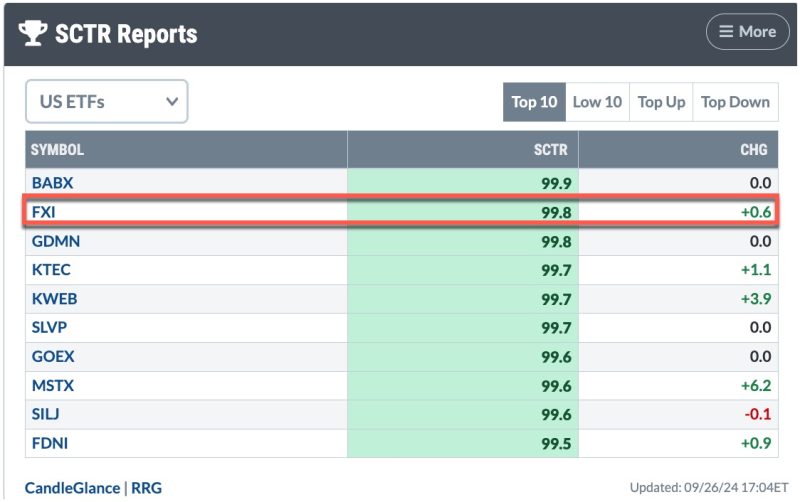China, the world’s second-largest economy, has recently been working hard to stimulate its economy to counterbalance the detrimental impacts of the global market volatility and internal economic pressures. A measure of this action is the continuous strengthening of its monetary policy landscape. The State Council of the People’s Republic of China, the nation’s highest administrative authority, has announced a series of stimulus measures aimed at bolstering the flagging economy and maintaining a stable market environment. This article is an in-depth take on China’s recent stimulus initiatives and the implication for the FXI.
China’s new stimulus measures encompass a broad spectrum of financial mechanisms, from broad-based tax cuts, interest rate reductions to increased public expenditure on infrastructure projects. One of the most concrete steps the government has made is the commitment to lower the Reserve Requirement Ratio (RRR) for banks, thus enabling these financial institutions to free up more capital for lending purposes.
The package also includes lowering the interest rates for businesses and households while promoting innovation and entrepreneurship. Increased spending in key sectors such as technology, infrastructure and green energy is part of the government’s proactive fiscal policy to stimulate the economy and create job opportunities. Such policy measures represent a targeted, rather than indiscriminate, type of stimulus, that targets areas of the economy that are lagging behind and ensures efficiency and sustainability in the growth process.
The implications of these measures are noteworthy, particularly for the financial sector, including Exchange Traded Funds (ETFs) such as the iShares China Large-Cap ETF (FXI). The FXI is a fund that gives exposure to an index composed of large-capitalization Chinese equities that trade on the Hong Kong Stock Exchange. Therefore, the gains and losses of China’s market heavily influence it.
With the government’s move to add more stimulus, the FXI has jumped to the second position in the SCTR report, showing significant positive traction. Further, this shows that investors are adjusting their portfolios in tandem with the changing landscape, signifying confidence in China’s economic policies and the expected positive outcomes.
On the foreign investment front, the stimulus plan encourages more inflows by further opening various sectors to foreign capital while ensuring robust and transparent regulations. This is seen as a positive signal to investors looking for potential growth opportunities in the nation, thus, fuelling a positive impact on the ETFs including the FXI.
Underneath all these, it is worthwhile to understand the delicate balance that China’s government must maintain. The need to stimulate economic growth must be carefully






























